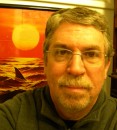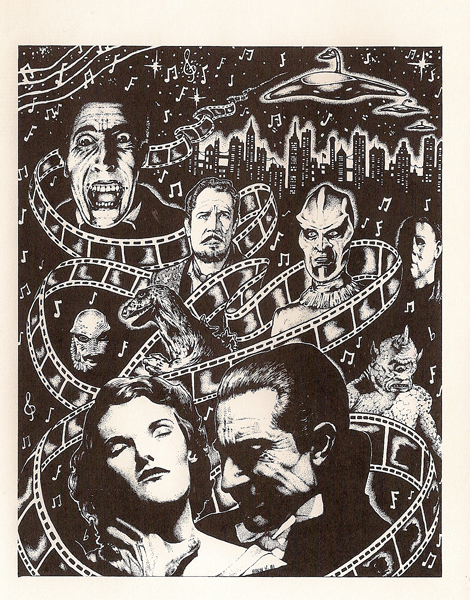Interview by Randall D. Larson
August 25, 2017
Cris Velasco is a multiple award-winning composer of epic orchestral, dark experimental and modern hybrid music scores for video games, film and television. After graduating from UCLA with a degree in Music Composition, Velasco pursued his passion to write 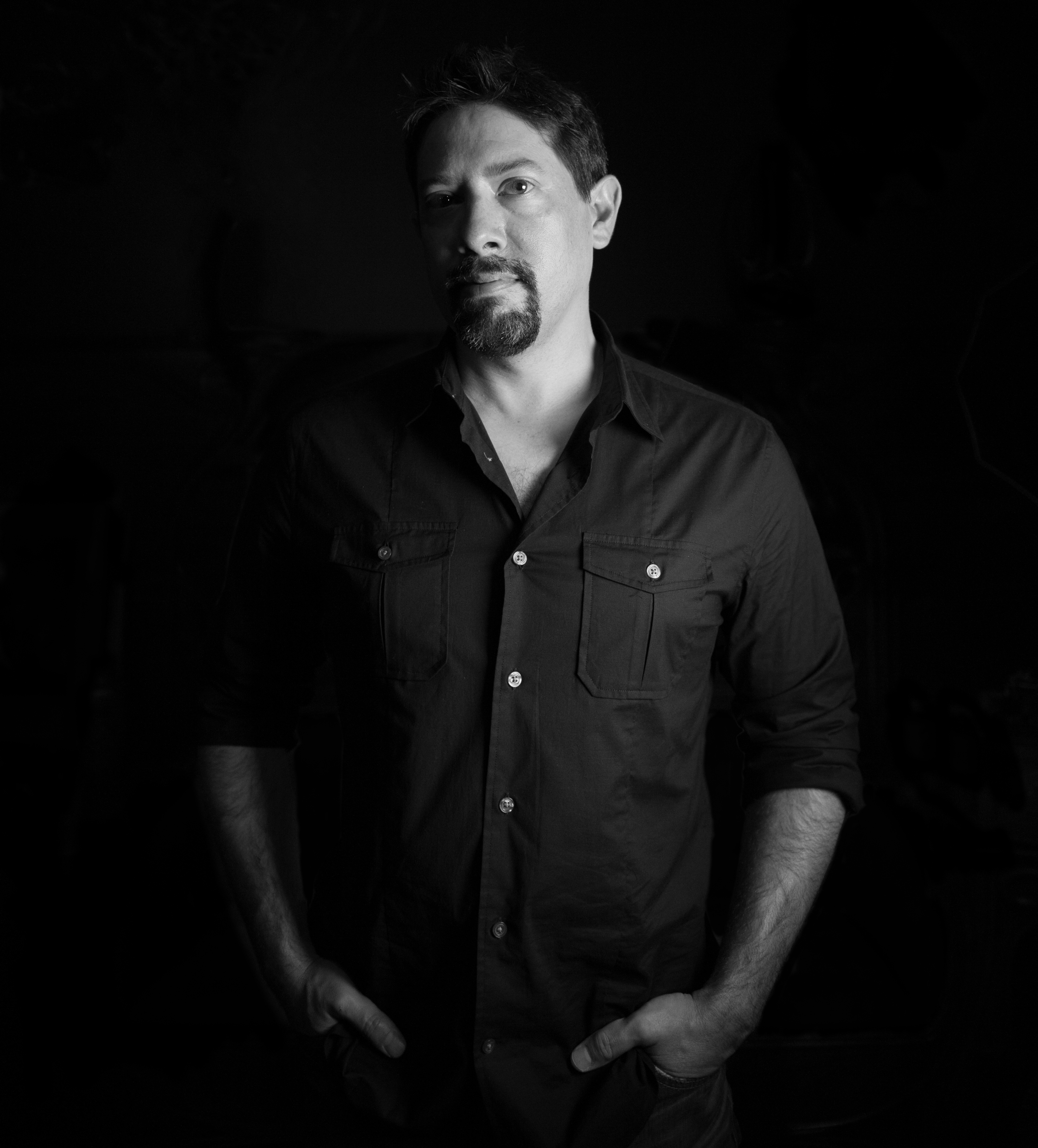 music for visual media; his first major release was composing for Sony’s blockbuster God of War.
music for visual media; his first major release was composing for Sony’s blockbuster God of War.
A prolific and versatile composer, Velasco has become one of the most sought-after composers in interactive entertainment, scoring many major titles including Company of Heroes 2, Mass Effect 3, Borderlands 2, ZombiU, Warhammer 40,000: Space Marine, God of War 3, Tron: Evolution, Borderlands, God of War 2, Darksiders, Clive Barker’s Jericho, and many more.
Velasco also composes for independent films, trailers, and commercials for high-profile clients such as Coca-Cola, Disney, Lexus and Mercedes. His music has been licensed for numerous movies, documentaries and television shows. In addition, Velasco arranged, orchestrated, and conducted multiple arrangements of the Monday Night Football theme currently airing on ESPN.
Cris Velasco’s orchestral music is performed in concerts worldwide and has received numerous accolades including “Best Original Score” from the Academy of Interactive Arts and Sciences, “Best Original Music” nomination from the British Academy of Film and Television Arts, NBC News’ “Best Video Game Music of 2012”, GameTrailers’ “Best Soundtrack of the Year” and IGN’s “People’s Choice Award – Best Overall Music.” (Bio via http://www.monarchaudio.com/).
Among Velasco’s most recent works are the hulu television webseries FREAKISH (2016; zombie apocalypse in a small town high school) and DIMENSION 404 (2017: a supernatural -ish anthology series), and the game score for Resident Evil 7: Biohazard (2017). Earlier this week, we discussed these last three scores in depth.
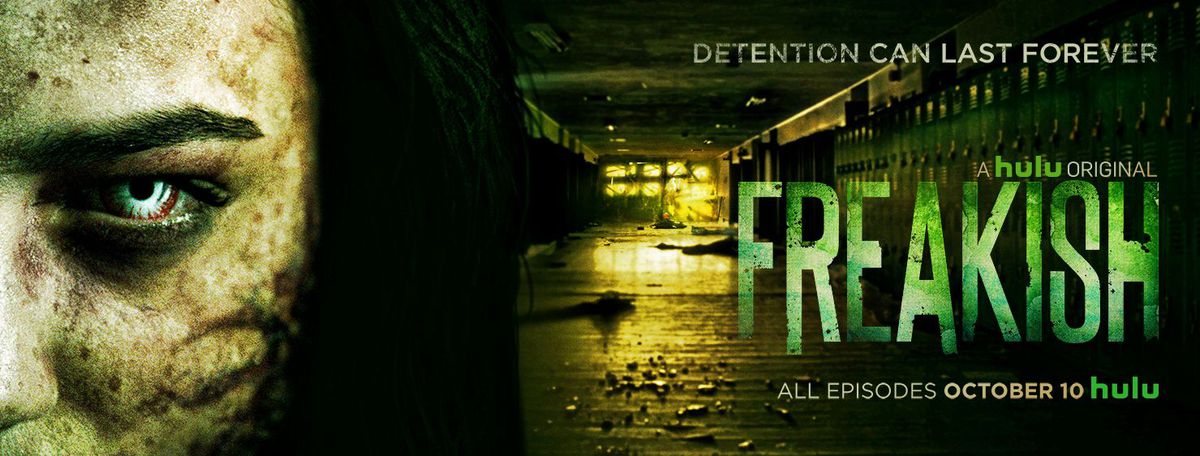
Q: How did you become involved in FREAKISH?
Cris Velasco: A friend of mine, Lance [Lanfear], was the line producer on this new show. I hadn’t had contact with him in many years, but he reached out to me to see if I’d be interested in demoing for it. I’ve wanted to get into television for a number of years now, and finally, here was a door opening for me just a hair. I put together a demo reel with my agents and we just gave it our best shot.
Q: When you first came in to meet with the filmmakers, what kind of discussions were had as to the kind of music the series needed?
Cris Velasco: They wanted something different than a typical horror score. There are still aspects of that, of course, but the rest of the score has more contemporary elements in it. There’s also quite a bit of distortion on the soundtrack in general, which helps amplify that gritty feel that the series has. I’m constantly throwing distortion on everything from the percussion to the pianos. Nothing too over the top; just enough to form a nice texture.
Q: Was there a temp track and how did that help or hinder you in developing your score?
Cris Velasco: Yes, there was a temp track. I actually appreciated its presence. This being my first show, I already had a steep learning curve just to adapt to the fast schedule. Having the temp in there really honed in on what everyone was looking for musically. That doesn’t mean you copy it of course. It’s just a great way to communicate very specifically, scene to scene. I’m currently wrapping up Season 2 of FREAKISH right now. This time around, about 90% of the show is temped with my Season 1 music.
Q: How did you musically treat the characters and help make them empathetic to the viewer?
Cris Velasco: For the most part, these kids are fighting for their lives! The music largely becomes a barrage of percussion, atonal pads, driving bass lines, and distorted textures. I specifically steered away from anything too tonal unless we’re having a more private moment with any of the kids. That’s when you’ll finally hear the occasional strings, piano, and guitar.
Q: The zombie/rage virus genre has been extremely prevalent in popular media; how did you and the filmmakers try to make something unique with the perspective and situation of this series?
Cris Velasco: One of the biggest differences I see is that this show is really geared more towards teens. It’s still violent and gruesome, but not in a WALKING DEAD sort of way. Also, as far as we know, this virus has only affected a small town. The students that are trapped within the school are seeing their close friends become Freaks. It feels more personal than a typical zombie story.
Q: Did you have any recurrent musical figures, motifs, or designs that were useful to reprise across the length of the first season?
Cris Velasco: None of the characters have themes; this is not really a thematic show. However, I did write a couple of short motifs that I reused here and there. They show up again in Season 2. They don’t represent any particular place or character though. It’s more like – “everyone’s sad but keeping a brave face” theme, and “we’re gearing up for something that we might not walk away from” theme.
Q: Was the 30-minute duration of each episode a challenge insofar as being restricted to a relatively short time frame to develop a score across each episode?
Cris Velasco: Not at all. First off, it’s pretty much wall to wall music. I typically have about three days to do a first pass of all the music, so if the episodes were any longer I’d probably have had a nervous breakdown! Also, I’m trying to think of it as a season rather than 10 episodes.
Q: How does RESIDENT EVIL 7: BIOHAZARD fit in with the ongoing game and/or movie timeline, and was there any need to worry about musical consistency with prior incarnations of the franchise?
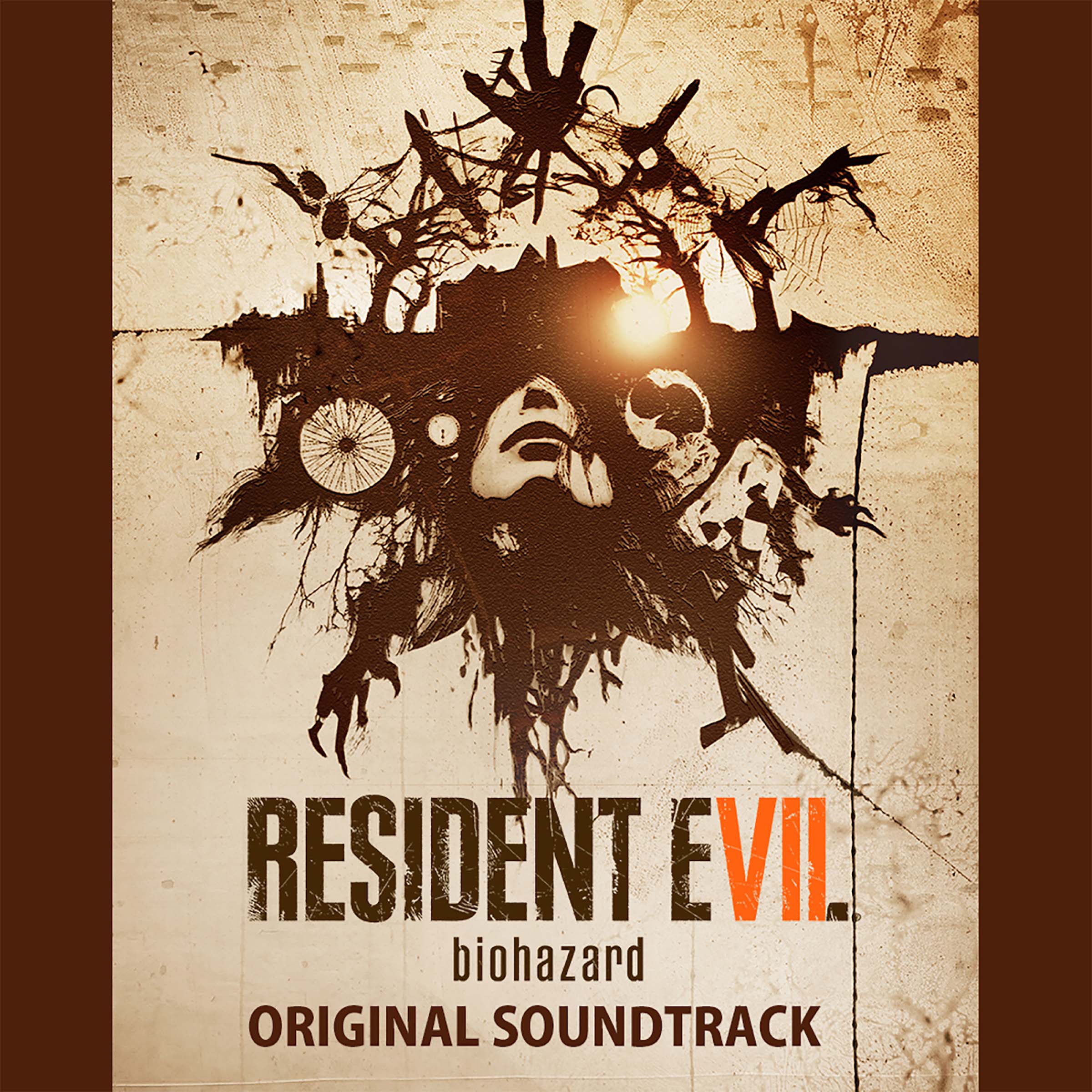 Cris Velasco: RE7 was sort of a reboot of the franchise. As far as I know, there’s no relation to previous games or the films. They just wanted to go back to pure survival horror – with emphasis on the “horror” aspect! The score is quite different than the previous games as well. We really had complete freedom to try something brand new.
Cris Velasco: RE7 was sort of a reboot of the franchise. As far as I know, there’s no relation to previous games or the films. They just wanted to go back to pure survival horror – with emphasis on the “horror” aspect! The score is quite different than the previous games as well. We really had complete freedom to try something brand new.
Q: There are five composers credited with music for the RE7 videogame. What were you responsible for and how did this affect the creation of a consistent and coherent score for the game?
I was actually brought in quite early in the development. Capcom already has such a wonderful in-house composing team. I felt very fortunate to be asked to join them.
Before we even started composing, I recorded a LOT of string effects here in LA with a studio orchestra called Cinema Scoring. A bespoke sample library was then assembled and distributed amongst all the composers. That way, we all had the exact same tools and sounds at our disposal. Once a style was settled on, we had no troubles in crafting a cohesive score together.
Q: With this game, how were you able to map out your compositions to accommodate flexibility within the interactive gameplay?
Cris Velasco: Honestly, that’s mostly thanks to whoever programmed the music into the game engine. I’ve written music for around 100 games now. Writing interactive music just comes naturally to you after so much practice. I just give these musical puzzle pieces to the audio director, and he works his magic to make it all seamless in the game.
Q: What was your particular technique in RE7 to create music that would be tense, suspenseful, shocking, and driving for the player, while evoking the world of the franchise and the unique characters and characteristics of this game?
Cris Velasco: We used a compositional technique called musique concrete. It’s an avant-garde style that was developed in the 60’s. The idea is to take many ideas from many different sound sources, and then assemble them in a weird and unexpected way. For us, we not only had the string effects I recorded, but also a large library of specially recorded sound effects (live bees, creaking leather, detuned instruments, etc.), and also a large library of vocal effects (moaning, screaming, whispering, choking, etc.). It’s a bit like musical building blocks. Just start stacking sounds on top of each other, or setting strange combinations side by side to see what you come up with. It still needs to sound musical though, not just weird. Then you take some of those sounds and reverse them, rotate them, pan them left and right, delay and distort them. The sky’s the limit here. The end product is a combination of composition and pure experimentation. This gave a very scary and disjointed sound to the score that helped create such a tense atmosphere in the game.
Q: You’ve been involved with scoring games of action in the sci-fi and dark fantasy genres for many years. How to you approach these kinds of scores in terms of maintaining a fresh approach and a distinctive musical flavoring for each new score?
Cris Velasco: It’s definitely not easy! I spend a lot of time working out my palette before I start though. If possible, I play the game. At the very least, I have meetings with the developer and learn what makes their game unique. I then try to capture that in a musical way. For example, I’ve written a lot of music in the fantasy genre. Since LORD OF THE RINGS, there’s been a style that’s associated with this style of game. I’m working on a game right now called DAUNTLESS; we absolutely want to avoid the typical fantasy idioms on this. We also want to try to avoid placing the game anywhere geographically through the music. The idea that I had was to use a combination of small orchestra, found percussion, and an assortment of handpans. Handpans are a somewhat recent musical invention and they definitely don’t have any sort of cultural bias. The orchestra is also playing quite aggressively. It’s not the sweeping melodic score you’d expect.
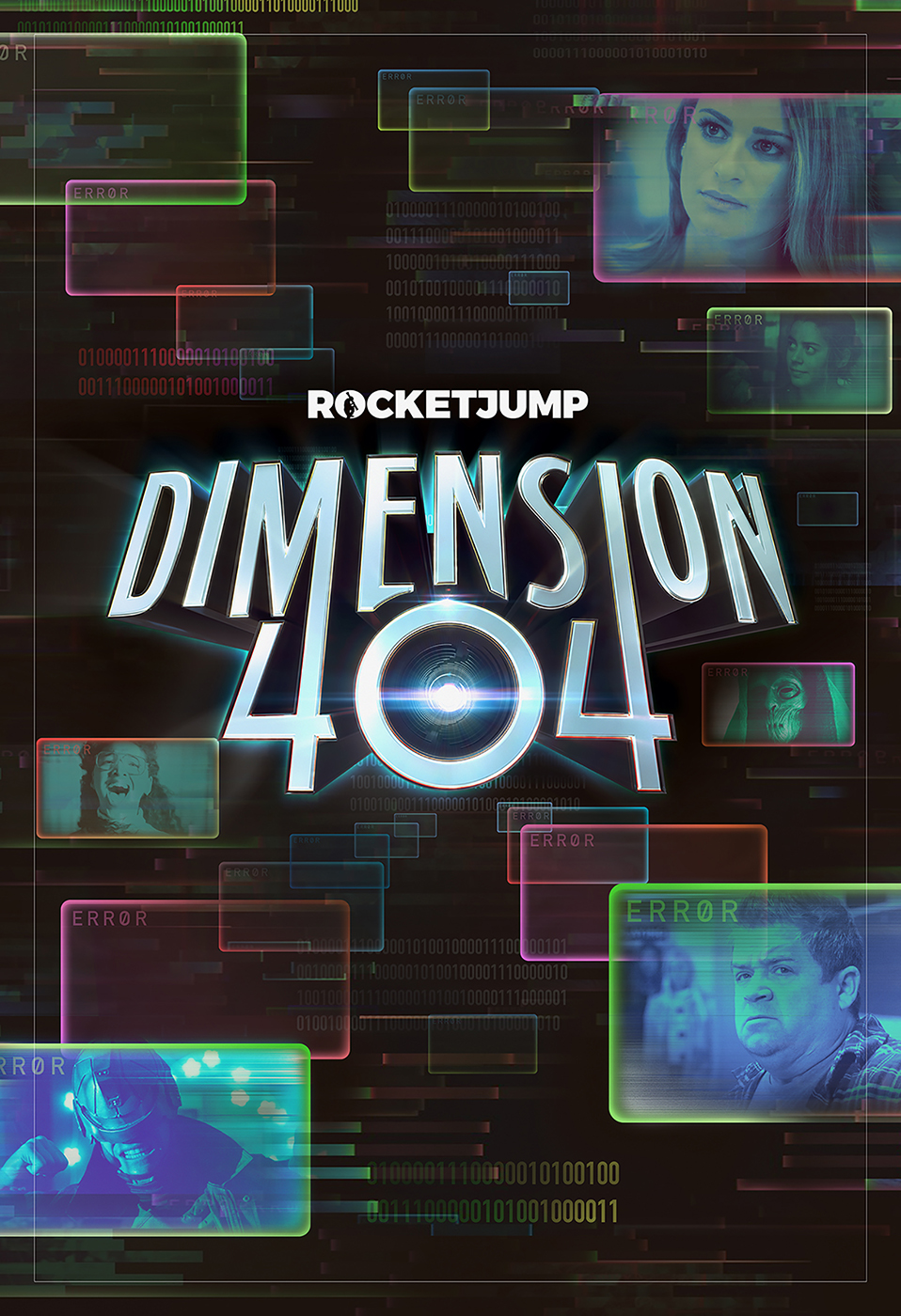
Q: How would you describe your musical approach to DIMENSION 404? As a sci-fi anthology show it looks to give you all manner of opportunities for different musical gestures…
Cris Velasco: As an anthology series, every episode of D404 was a different story with different characters. That meant that every episode had a completely different sound. I did everything from action/adventure to romantic comedy to 80’s synth wave. It was a ton of work, with each episode being roughly the length of half a feature film. But that show was some of the most fun I’ve ever had as a composer. It was an extremely creatively rewarding time that I hope I can revisit.
Q: What about the title theme for DIMENSION 404 – How did you come up with a signature motif that would encapsulate the myriad facets of the show, and do you use that in any of the episodes to add continuity or a through-line within the stories?
Cris Velasco: In a very uncharacteristic move, the main theme was actually one of the last things I composed. I had to really get my head around this show before the theme was right. I did try writing a few things very early on. Everyone loved them, but thought they didn’t quite encapsulate the feeling of “sci-fi fun” that was the tone of this series.
On the very first episode I scored, Dez ([Desmond Dolly], the show runner), urged me to get weird under the scene that features voice over by Mark Hamill. “Use Theremin if you even want!” he said. So I did, and that became a running motif for the V/O section on a number of episodes. When it was time to finally write the main theme, I just really wanted to bring the Theremin back in! It’s nothing that really ever resurfaces in any of the episodes, but I do think that it does a good job of summing up Dimension 404!
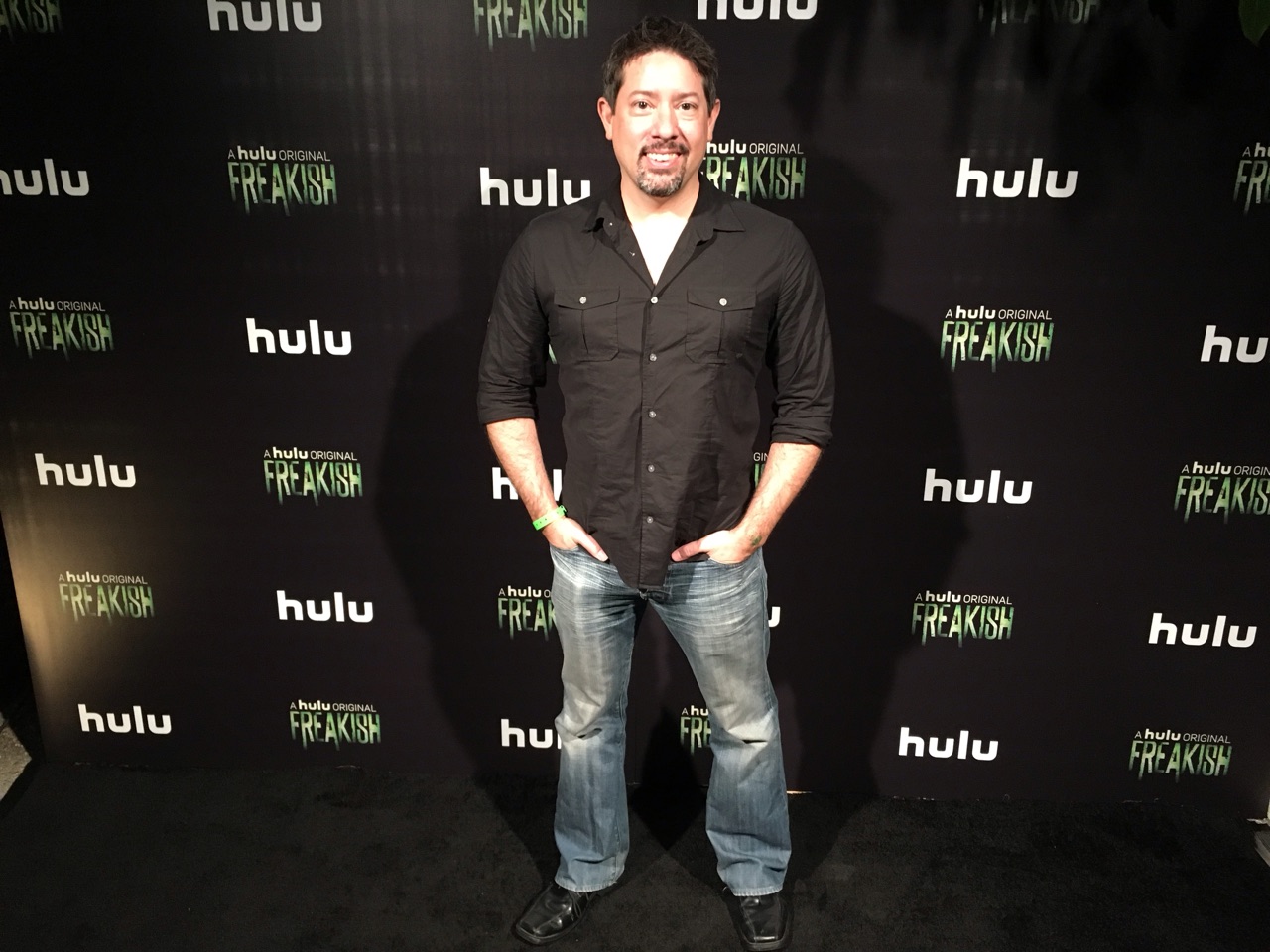
Q: What unusual sonic textures or instrumental mixtures will we expect to hear from the show’s scores?
Cris Velasco: I’m not sure that there’s anything too unusual in these scores. The point of the show was to feel some nostalgia for all these different genres. So each score reflects the style and period of each episode. The one that was most unusual for me though was “Polybius.” That was definitely an 80’s throwback. We could have easily gone the Goonies route with this score. In fact, it was originally temped that way. But in the end, everyone wanted an all synth score. This is something I’ve never done before. It was very challenging for me, but so much fun! In the end, it turned out to be one of the favorite scores. I’m definitely hoping I can revisit this style soon.
Q: How much time were you given to score FREAKISH and DIMENSION 404, since hulu posts these entire series all at once as opposed to one episode at a time – and what challenges did that pose for you?
Cris Velasco: FREAKISH is one score a week. That includes a first pass and then any revisions that come up. It’s typically about 20 minutes of music for each one. D404 gave me a bit more time; I had around three weeks per one hour episode. Again this was first pass, multiple revisions, and a final mix. Three weeks does seem like a lot of time, but it’s really like scoring a feature every 1 1/2 months with no time off. It’s a lot of hard work, but I honestly was having the best time doing it!
Both FREAKISH and DIMENSION 404* are available for streaming on hulu.com
* [The latter show’s title is a reference to HTTP Error 404, often seen as an HTML error page titled “page not found”, thereby representing the “Dimension’s” impossible location.]
Listen to four tracks from the DIMENSION 404 soundtrack on Soundcloud:
For more information on Cris Velasco see his web site: http://www.monarchaudio.com/
Special thanks to Greg O’Connor-Read of Top Dollar PR for facilitating this interview.



